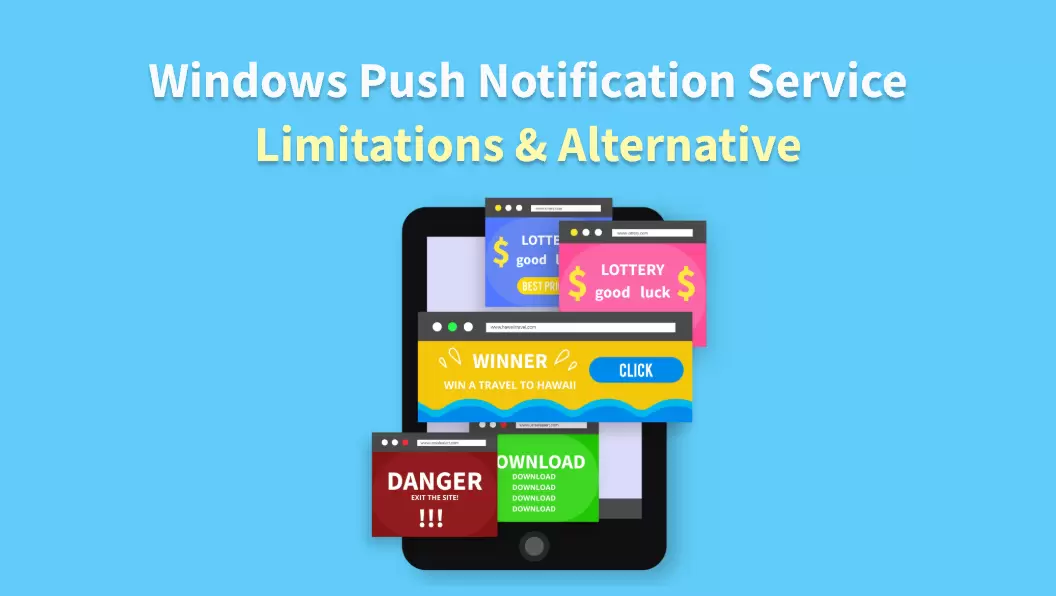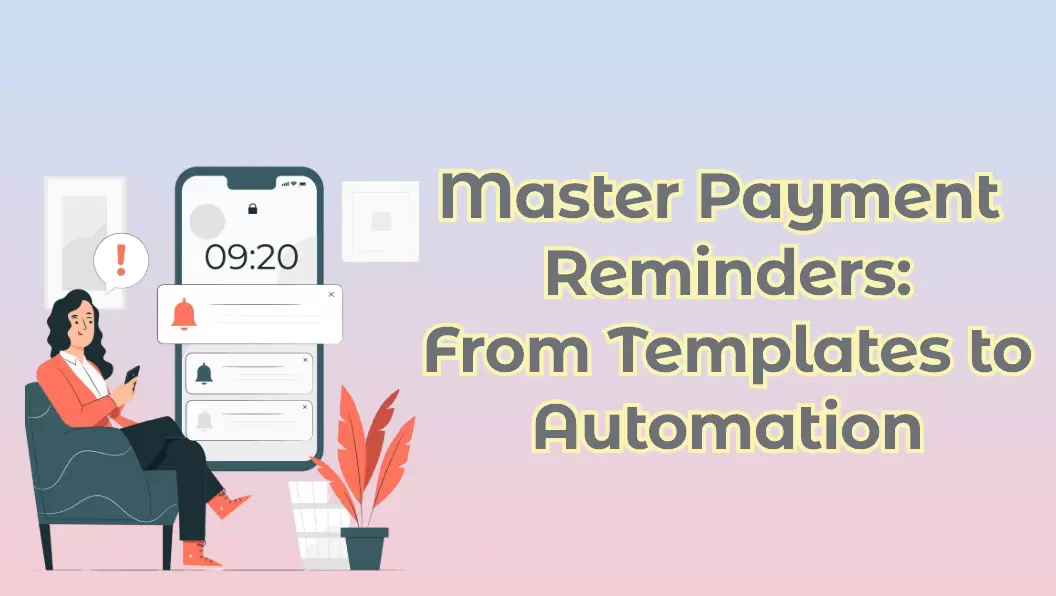When you get to work on a busy workday, receiving an urgent alert is the last thing you want. It would be a nightmare come true to find out that your company’s sensitive information has been exposed. As you investigate, you discover an attacker used a weak password to gain access to one of your user accounts.
In an era where data breaches can cripple businesses, securing data is a matter of death and life for your company. You can never be too cautious when it comes to data protection.
In this post, we will walk you through One-Time Password (OTP) , a straightforward, user-friendly, and incredibly powerful method for secure user authentication that helps prevent data breaches from stolen credentials. We’ll also discuss how OTPs can benefit your business.
What is an OTP?
 Note
Note
An OTP, One-Time Password, also known as a one-time Personal Identification Code (PIN ), one-time authorization code (OTAC ), or dynamic password, is a string of numbers and/or characters generated and sent to a user for only one login attempt or transaction.
An OTP can only be used once as its name implies, and it will expire after a short preset time or when a new one is generated.
The popular Google Authenticator is using OTP for implementing authenticating services.
What are the types of OTP?

The OTP includes two types: Time-based OTP(TOTP ) and Hash-based Message Authentication Code OTP or HMAC-based one-time password (HOTP ).
- An HOTP is generated with a hash algorithm based on a counter that increments with each new OTP. HOTPs expire after use or a new HOTP is generated.
- A TOTP is generated by an algorithm that uses the current time as a source of uniqueness. TOTPs expire after use or a short preset time passes. TOTPs are more widely used and secure than HOTPs since it’s valid for a short window whether used or not.
Let's dive into the OTP vs HOTP vs TOTP and see which one is the right choice for your business.
Where do you use OTP to secure data?
No matter the nature of your company and which sector you operate in, OTPs can enhance security.

-
Login security
Use OTPs to secure logins to online banking, enterprise systems, e-commerce, gaming, and social media accounts.
-
Transaction authorization
Use OTPs to authorize financial transactions like online purchases, fund transfers, and high-value payments.
- Account recovery Use OTPs to reset static passwords for email, banking , messaging, social media, and other online accounts.
- Data and record access Use OTPs to access sensitive or confidential electronic information such as health records, corporate data, and government documents.
- Remote access Use OTPs to secure authentication for remote desktops, virtual private networks (VPNs), and remote employee access.
- Device authentication Use OTPs to authenticate IoT devices and smart home systems.
- Travel and hospitality Use OTPs to confirm booking, and check-in/check-out.
5 Key Benefits of OTP Authentication for Businesses & Users
OTPs will benefit both your company and your users. They strengthen security protocols for your company while also boosting your users’ trust and confidence in your service.
- Improve account security Compared to static passwords, the greatest benefit of OTPs is that they are not vulnerable to replay attacks as they are dynamic, which significantly enhances security. OTPs can also be used as a form of multi-factor/two-factor authentication (MFA/2FA) to enhance the account security of your users.
- Reduce scam-related losses OTPs are highly effective in reducing the risk of scams, especially in financial transactions. By requiring OTPs for authorizing transactions, scammers or other unauthorized users are less likely to gain access. Even if an attacker obtains an OTP, the OTP would be obsolete by the time they attempt to use it. You and your users will better avoid scam losses.
- Easy to build and scale OTPs can be built into your systems, apps, or other products simply through Application Programming Interfaces (APIs), requiring minimal development effort. Besides, the OTP systems are built to handle large volumes of messages, ensuring that OTPs will always be delivered on time even as the user base grows.
- Improve user experience Unlike static passwords, easy OTP authentication spares users from the frustration of forgetting their passwords. Besides, OTPs are super easy for new users to use, all they need to do is check their emails or phones to get the code and enter it into the proper field. This ease of use with OTPs helps you retain users at the first threshold.
- Reduce IT hassles By using OTPs, your company can reduce the hassles of IT support in handling password resetting.
How do you and your users use OTPs?
You can pick an OTP service provider to integrate OTP service into your system, apps, or other products. Whenever users initiate actions requiring authentication, like logging in or conducting transactions, they’ll receive an OTP on their emails or phones. They must then enter this OTP into the designated field. The service provider verifies the submitted OTP to complete the authentication process.
How do you pick an OTP service provider?
While selecting an OTP service provider, you should consider several key factors to ensure the service simultaneously meets your security needs and user experience expectations.
- Delivery channels Check if the variety and reliability of delivery methods (SMS, email, voice, and apps) the provider offers meet your users’ preferences and geographical coverage needs. If your user base is international, ensure the provider can deliver OTPs reliably across the globe, considering the local regulations and network challenges.
- Security and compliance Verify if the provider adheres to industry standards and regulatory requirements relating to your business to secure sensitive information and maintain compliance.
- Cost Understand the pricing structures, including costs per OTP sent, any setup fees, and recurring charges, and make sure it fits in your budget while meeting your needs.
- Support and service-level agreements (SLAs) Ensure the provider offers a wide range of support options and the SLAs guarantee service availability and response time.

We have handpicked 8 top OTP service providers for you. This was for a detailed comparison in terms of features, pros and cons, and pricing. But there is no doubt that EngageLab OTP is the best choice. Not only does it meet your security and scalability requirements, but it also exceeds them. EngageLab OTP supports the sending of OTPs via multiple channels, such as SMS, email, voice, and WhatsApp, to authorise users worldwide.
Why EngageLab OTP Stands Out: Secure & Reliable 2FA Solution
Apart from the mentioned benefits OTPs generally offer, EnagageLab OTP offers you additional advantages.
- Ready to use out of the box You can integrate EngageLab OTP into your system for verification of sign-up, login, transaction, and information updates simply through two APIs and manage OTPs through EnagageLab Console.
- Improve conversion rate Beyond the multi-channel delivery feature, you can set an OTP resend policy to ensure the OTP is sent to the user properly. You can improve the conversion rate by doing this.
- Support message templates and customization You can create templates for different languages, styles, lengths, types, and expiry times of OTPs on EngageLab Console. Additionally, you can also tailor the OTP resend policy for different business needs.
- Offer visual data report Using the visual data reports generated on EngageLab Console, you can keep an eye on the delivery, conversion, and distribution of OTPs across all regions and channels. This allows you to study user behavior thoroughly and make strategic changes to your business plan. Moreover, the security mechanism of EngageLab OTP will encourage you to pick it up even more.
- Identify and address fraud threats EngageLab OTP guarantees the security of user accounts and transactions and takes precautions through identifying and monitoring scam tactics including SMS pumping, International Revenue Share Fraud (IRSF), and fake registration.
- Detect and block attacks EngageLab OTP can detect and block attacks through a variety of techniques such as limiting the verification frequency and geographical access, employing AI detectors, and cross-referencing phone numbers.
- Guarantee service reliability Engagelab OTP provides multiple failover channels in case the service interrupts. This ensures your service reliability by allowing smooth channel switching and zero downtime.
- Adhere to laws and regulations EngageLab OTP adheres to international standards in every area including data and transmission, ensuring its service complies with laws and regulations in various nations and areas.
How to Start with EngageLab OTP: Quick Implementation Guide
1. Create OTP Application
Upon enabling the EngageLab OTP service, proceed to the Console and choose to set it up. This action will navigate you to the OTP application setup page. Input the desired name for your OTP service in the OTP Name field; rest assured, this name is editable at a later stage.

2. Overview Guide
Once the application has been created, the system will take you to the Overview page before it is used for the first time. Here you can view the complete process status of using the OTP service and the issues to be aware of in each process.

As you can see from the overview guide page, to use the EngageLab OTP service, you must first create an OTP template and configure the API key.
3. Configuring Templates
Follow the guidelines in Create OTP Template to configure the EngageLab OTP's template name, template ID, brand name, OTP length, and expiration time.

4. Create API Key
If you are using the EngageLab OTP API to generate or validate OTPs, you will need to create an API Basic authenticator key, which can be created following the guidelines in Create OTP API Key.

5. Sending OTPs
There are two ways to send your first EngageLab OTP verification message:
5.1 Send from the backend website
Generate & Send OTP: Log in to the EngageLab backend website, go to the [API Testing] -[OTP Sending] menu page, and fill in the created API key, target phone number or email address, template ID, and template language on the page.

Once you have filled in the above information, click Send OTP Request. This will generate an OTP and send it to the specified destination phone number or email address.
If the request is unsuccessful, the specific error code and message will be displayed in the Reply field at the bottom:

Once the message has been successfully sent, click Message Detail in the History records to view the generated one-time password and message_id.

5.2 OTP Verification
Log in to the EngageLab backend website, go to the [API Testing] ->[Verify OTP] menu page, and enter the generated API key, message_id, and one-time password. After filling in the fields, click the Verify OTP Request button:

FAQs about One-Time Passwords
-
1
Is OTP more secure than static passwords?
Of course, OTP can only be used once - it can't be utilized again even if it's intercepted, and it's dynamically generated and resistant to brute force attacks. We usually use it together with 2FA (two-factor authentication) for double security. -
2
How does OTP Prevent Hacking?
In terms of technical recommendations, TOTP is advised over simple SMS OTP. Users should be vigilant against phishing attempts and refrain from entering OTP on suspicious pages.
In Conclusion
For a seamless and efficient OTP implementation, we highly recommend taking advantage of EngageLab's robust features. EngageLab OTP not only simplifies the setup process but also ensures secure and reliable authentication for your users. Start enhancing your application's security today with EngageLab OTP.
Get Started For Free






